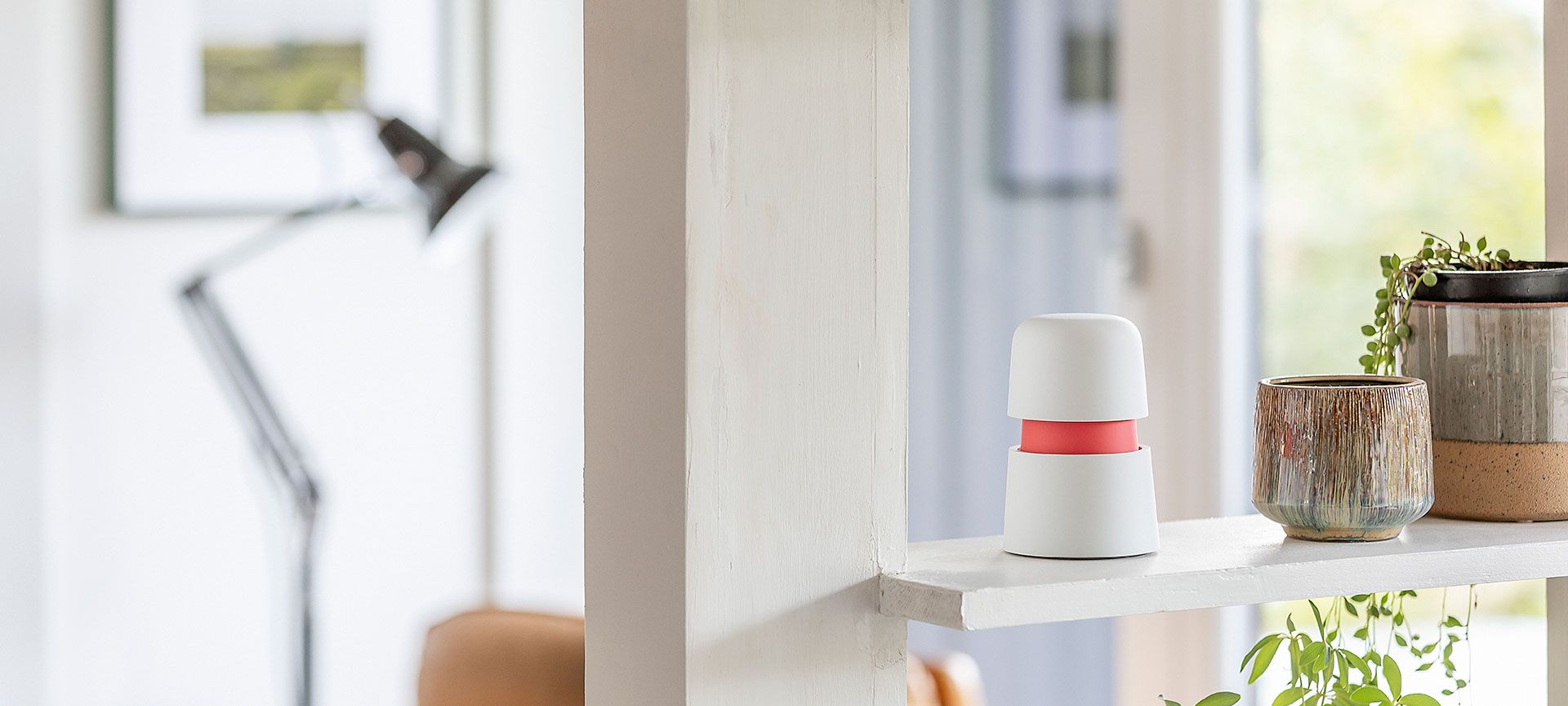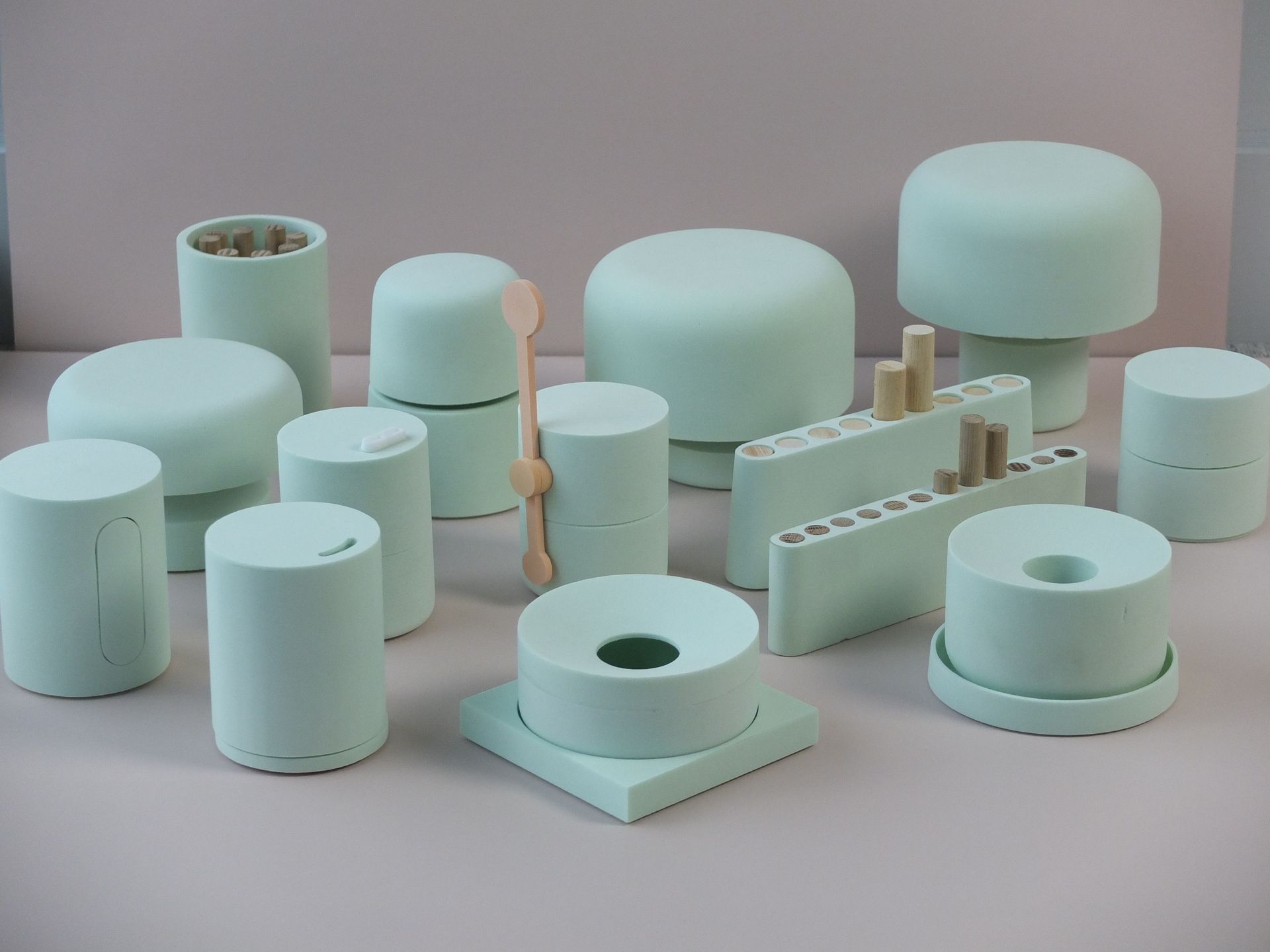I've never been acutely aware of so-called notification fatigue in my own life; my devices' beeps and buzzes are just a part of everyday background noise. Even so, the Gmail icon on my iPad Air shows a five-figure unread message count (we get a lot of emails here at AP), and despite my Nest Hub reminding me for the past several days that my dad's birthday is coming up, I still haven't made any plans with him (don't worry, I will). No joke, as I was writing this, the Echo Show 15 behind me chimed to remind me to review a recent Amazon purchase (I probably won't). I may not feel like my notifications are out of hand, but they're clearly no longer compelling me to actually do anything much of the time.
A few years ago, Google seemed invested in solving problems like these, at least on Android, with what it calls Digital Wellbeing. The initiative, along with an app of the same name, was meant to help us get a handle on the constant barrage of notifications and curtail unwanted phone use. The service debuted in Android 9 Pie back in 2018 with features like timers that spell out how long you're spending in each app and modes to help you wind down your electronics use at the end of the day and cut out distracting notifications during work hours (or whenever). It hasn't changed a whole lot since then; it's still officially in beta, nearly four years later.
Little Signals, a design study conducted by Google with industrial design consulting firm Map Project Office, seems like a natural evolution for Digital Wellbeing. The project comprises six objects that deliver information in unconventional ways — with physical movement, ambient light, or even puffs of air. None of the objects look particularly techy; they seem more like trendy knickknacks, or even toys, than smart home gadgets.
I think it's a wonderful idea. Google's been somewhat vague about the specific functionality it intended for each Little Signal — intentionally, I assume, because each could serve a number of purposes. For example, Tap, the little cylindrical robot seen tapping a pill bottle in the video above, could also knock on your desk to remind you to get up and stretch from time to time. Air, which gets your attention by blowing a stream of air to gently move nearby objects, could be configured to remind you to water your plants (by making them move around!).
Dancing houseplants probably wouldn't help me stay on top of my email, but I think getting notifications out of their normal context, off of screens and into the physical environment, would make me think about them differently and pay more attention. The Movement model, with its piston-like moving pegs, would be pretty hard to ignore — and as a bonus, the pegs function as buttons, so it could double as a centralized smart light switch.
Unfortunately, Google isn't actually selling any of these devices. They're all part of one of the company's Experiments, which means they'll likely never see a commercial release — though ideas from the project could potentially make it into future products. I sincerely hope they do, but either way, digital wellbeing as a concept has a lot of potential outside our existing devices, and I'm happy to see Google is still thinking creatively about how to solve some of the problems caused by the systems it's helping shape.
If you're as tickled as I am by the Little Signals concept, you can actually build a rudimentary version of Air yourself. Instructions are available at Little Signals' website.


